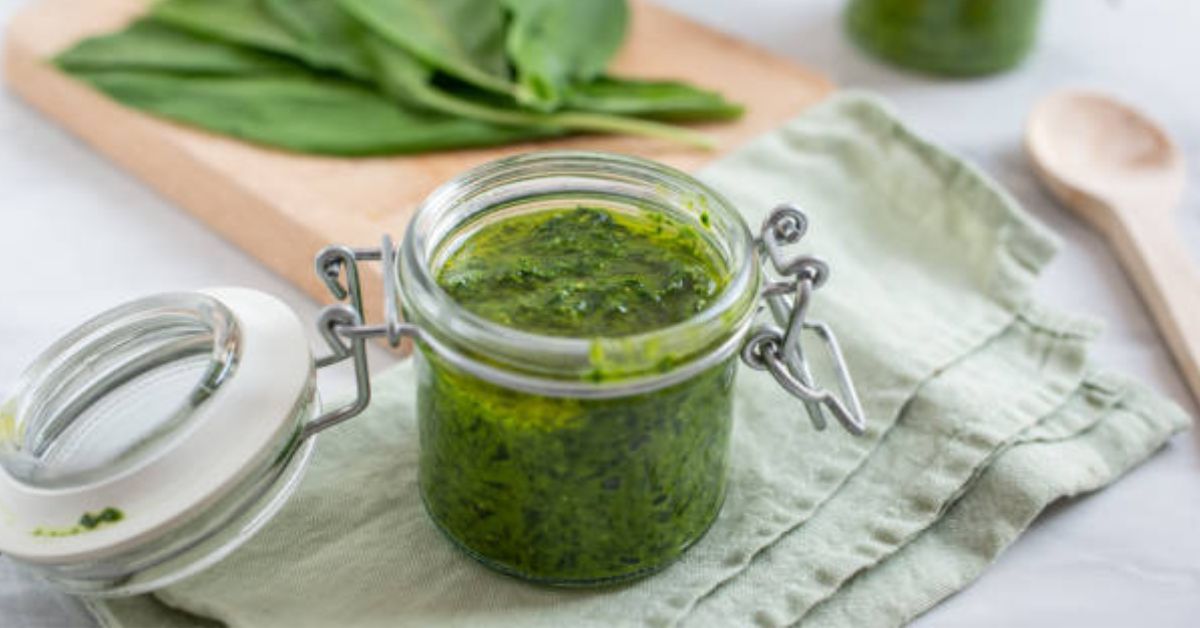Preserving the fresh flavors of herbs, homemade sauces, and rich broths is one of the most practical ways to minimize food waste, save time, and elevate your everyday cooking. Fresh ingredients often come in large quantities, and it’s not always possible to use them all at once. Instead of letting those ingredients go bad, freezing them allows you to extend their shelf life while preserving their taste, nutrition, and quality. For home cooks and meal preppers alike, knowing how to freeze herbs, sauces, and broths properly can make weeknight meals faster, more flavorful, and more budget-friendly.
Why Freezing Fresh Ingredients is a Smart Kitchen Strategy
Freezing is a highly effective preservation method that retains most of the nutritional value, aroma, and color of food. When it comes to herbs, sauces, and broths, freezing gives you the flexibility to cook spontaneously, without having to run to the store. It also helps reduce food spoilage, especially for fresh herbs that tend to wilt quickly.
Moreover, frozen homemade sauces and broths taste significantly better than store-bought versions loaded with preservatives and excess sodium. This practice allows you to control what goes into your meals, ideal for people following low-sodium, gluten-free, or additive-free diets. From an economic standpoint, freezing leftovers or meal components helps lower grocery bills and keeps your cooking efficient and eco-conscious.
RELATED: Top 10 Mistakes to Avoid When Freezing Food at Home
How to Freeze Herbs the Right Way for Later Use
Not all herbs freeze equally well, but many culinary staples can retain their flavor if frozen correctly. Herbs like parsley, basil, cilantro, thyme, rosemary, dill, chives, and oregano are among the best candidates for freezing.
Method 1: Freezing Herbs in Oil
To freeze soft herbs like basil, parsley, or cilantro, start by washing and thoroughly drying them. Chop them finely and place them in ice cube trays, then cover each compartment with olive oil. Once frozen, transfer the cubes to a labeled freezer-safe bag. These herb-oil cubes are perfect for sautéing or adding to soups and stews.
Method 2: Freezing Whole Herb Sprigs
For hardier herbs such as thyme, rosemary, and oregano, you can freeze whole sprigs. After rinsing and drying, spread them out on a baking sheet and freeze them for a few hours. Once frozen, store the sprigs in airtight containers or freezer bags. This method works great when you need a quick flavor boost while cooking.
Which Herbs Don’t Freeze Well and Why
While many herbs freeze beautifully, some simply don’t hold up well to the freezing process. Delicate leafy herbs such as mint, basil (in whole-leaf form), and chervil are especially prone to textural breakdown and flavor loss when frozen improperly. These herbs have high water content, and freezing causes the water inside the leaves to expand into ice crystals. This ruptures the cell walls, leading to limp, discolored, and sometimes flavorless herbs upon thawing.
Mint, for example, becomes dark and mushy when frozen, and its refreshing taste is significantly diminished. If you must freeze mint, it’s best to chop it and freeze it in an oil or butter base to help preserve its aroma and flavor.
Basil, although commonly frozen, should not be frozen as whole leaves. The vibrant green color quickly turns black, and the texture becomes soggy. Instead, it’s better to puree basil with a bit of olive oil and freeze it in small cubes. This protects the essential oils and prevents oxidation.
Chervil, a delicate herb often used in French cuisine, loses its mild flavor and fine texture after freezing. It’s more suitable for drying or using fresh as a garnish just before serving.
Other herbs that don’t perform well in the freezer include tarragon and lemon balm, which also lose much of their flavor complexity and can become stringy or mushy when thawed.
If you rely heavily on these herbs for fresh flavor and visual appeal, it’s better to grow them in small indoor pots, use them fresh, or consider drying them instead of freezing. When preserving herbs, the method should match the herb’s structure and intended culinary use to ensure the best possible result.
RELATED: Top 15 Kitchen Tools That Make Freezing and Preserving Easy
How to Freeze Homemade Sauces Without Losing Flavor
Sauces, especially homemade ones, freeze remarkably well and can be a real timesaver on busy days. Tomato-based sauces, pesto, béchamel, gravy, curry sauces, and marinara can all be frozen in small portions for easy reheating later.
Step-by-Step Guide to Freezing Sauces:
- Allow the sauce to cool completely.
- Divide it into individual portions using freezer-safe containers, silicone muffin tins, or ice cube trays.
- Label and date each container to track freshness.
- Freeze for up to three months for best quality.
Pesto, for instance, is best frozen without cheese to prevent it from becoming grainy. You can always stir in fresh grated Parmesan when reheating. Cream-based sauces should be whisked well after thawing to restore smoothness. Some may separate slightly, but this can usually be fixed with gentle stirring or reheating on low heat.
Freezing Broths for Soups, Stews, and Sauces
Homemade broths, chicken, beef, vegetable, or bone add rich depth to countless dishes. Freezing these broths in measured portions helps you skip store-bought stock and always have a base ready for your recipes.
Tips for Freezing Broths Efficiently:
- Skim fat before freezing to prevent unpleasant texture changes.
- Cool completely before transferring to containers.
- Leave headspace in jars or containers to allow for expansion.
- Use silicone freezer trays or muffin pans for portioned freezing.
- Once frozen, you can pop the broth cubes into a freezer-safe bag for long-term storage.
- Labeling with dates is essential to track freshness and ensure you rotate older broth batches first. Broth can typically be stored in the freezer for up to 6 months.
Kitchen Tools That Make Freezing Easier
Investing in the right kitchen tools will make freezing herbs, sauces, and broths much more efficient. Ice cube trays, silicone muffin molds, reusable freezer bags, vacuum sealers, and airtight containers are essential for maintaining freshness and avoiding freezer burn.
Vacuum sealing is especially helpful for preventing oxidation and preserving flavor. Using stackable containers also maximizes freezer space and keeps your items organized. Consider using labels or color-coded lids for quick identification.
Thawing and Using Frozen Herbs, Sauces, and Broths
Proper thawing is just as important as freezing. Herbs frozen in oil can go straight into the pan for cooking. For sauces and broths, the best method is to thaw them in the refrigerator overnight. If you’re short on time, microwave-safe containers or gentle heating on the stovetop can work as well.
Always taste your thawed ingredients before use. While most frozen items maintain their flavor well, a quick stir or seasoning adjustment may be needed. Once defrosted, use them within 2–3 days and never refreeze thawed food.
Safety and Storage Guidelines for Freezing
Follow these safety practices to ensure the quality and safety of your frozen foods:
- Always freeze food at its freshest.
- Do not freeze warm or hot food—cool it completely first.
- Use BPA-free, freezer-safe containers.
- Avoid air exposure by sealing tightly.
- Don’t overload the freezer; allow for proper air circulation.
- Using a freezer inventory sheet can also help you keep track of what you have and reduce waste. Rotate older items to the front and use them first.
Benefits of Freezing Herbs, Sauces, and Broths
Freezing herbs, sauces, and broths can drastically reduce your kitchen prep time. It ensures that delicious, nutrient-rich ingredients are always within reach. You’ll waste less food, spend less money at the grocery store, and have more control over your meals.
Having your pre-prepared cooking components also makes cooking more enjoyable and less stressful. Instead of scrambling to put together a meal, you can simply reach into the freezer and find exactly what you need, saving time while enhancing taste and nutrition.
Conclusion
Mastering the art of freezing herbs, sauces, and broths is a small step that offers big rewards in the kitchen. It keeps your ingredients fresh, your cooking efficient, and your meals packed with flavor. With a few simple tools and some freezer-friendly habits, you can build a stash of ready-to-use meal components that simplify your routine and enrich your dishes. Embrace this sustainable, time-saving strategy, and enjoy the freedom of cooking with quality ingredients any time you need them.









